Dean's Award For Outstanding Academic Achievement in Educational Theatre MA in Educational!4/12/2024 Dean's Award For Outstanding Academic Achievement in Educational Theatre MA in Educational!I believe that Adelphi graduate school was a turning point in my life. As Jean Nidetch said, “It’s not a chance that determines your destiny,” the choice to attend Adelphi graduate school changed my destiny. I have my own artistic lens, consistent with the curriculum and goals, and am now able to work as an artist with confidence and without fear towards the world. And to the professors who taught me, I would like to say that you are my teachers and great mentors who upgraded me to another level, and I would like to express my gratitude. I did not simply study and receive credits, but through this course, I was able to look back on my entire life and experience as if my life was being healed. And through this, I gained the confidence and vision that I can help others through education and contribute to creating a wonderful society where we can live together. I would like to express my sincere gratitude to the professors who gave me an amazing vision and a beautiful, unforgettable experience, and to the school officials who gave me this opportunity. I received good news from Adelphi Graduate School that I would be receiving a Dean's Award.
Starting in the fall of 2022, all the courses I studied will pass by like a film. I can say that I studied with all my might. Because I started studying exactly 20 years after receiving my master's degree in a field other than art, I really wanted to study, I was passionate, and most of all, I was desperate. For me, I did my best with the mindset and vision to make this graduate school a turning point in my life, not just a degree or a 4.0 grade. So when I organize the things I studied, tears come to my eyes without me realizing it. This is because the language and culture were different, and I remember the difficulties of reading, studying, and completing assignments. On top of this, raising children, working on projects, and teaching students were my additional tasks. I had to do all of this perfectly. I always lacked sleep, was tired, and found studying difficult. However, because it was an opportunity given after 20 years of earnest effort, I felt that the joy of being able to study was stronger than any difficulties ahead of me. There truly is joy in learning. I was not pursuing this master's program and degree for any job or purpose. I was already employed as an ‘artist’ and had no goals other than studying. My only goal was to gain some kind of qualification to educate students more professionally, and I desperately needed something that would give wings to my vision as a studio artist. And I knew that if I was prepared like this, a better opportunity would arise someday. Because I already have enough experience and careers as a studio artist. But as I study, I feel more and more greedy. It is a desire to study further. But I can't think of a doctorate. I have to stop studying right here and run into the field. As an artist and educator. Still, my studies will not end and will continue. I completed all of my degree coursework last winter, along with summer classes. My GPA was an amazing 4.0, and I felt like I was rewarded for all my hard work and passion, but after finishing my studies, it was difficult to let go of the idea of wanting to study more for a while. But I can't run with my personal greed like this. I think a master's degree is sufficient for artists and for me. I have a lot more to learn besides this. I will learn this slowly and prepare in the future. I would like to thank everyone who gave me encouragement, support, and so that I could successfully complete my master's program.
0 Comments
Congrats! Winners of National Wind Art!The National Wind Energy Art Contest is open to students in kindergarten through eighth grade. Submissions are due by March 22, 2024. Winners will receive $200 and a chance to showcase their work at the annual CLEANPOWER 2024 conference in Minneapolis, Minnesota May 5–8, 2024. I encouraged my students to participate in this competition. More than anything, I hope that students will love and protect nature through art and realize the secrets of its beautiful nature. And this is also why I truly pursue art and paint. In this sense, I am proud that three of my students were selected for this year's National Wind Art Contest. I am deeply grateful to Iris, Elbert, and Oscar for reminding us of the beautiful wind in this competition. As they prepare for this competition, I am well aware of the beautiful stories they have told me as they express their invisible desires. It was truly an amazing experience.
I would also like to express my deepest gratitude to the students who prepared together even though they did not receive the award. As we take on challenges together through art contest, I discover that this opportunities are not a place of competition, but a place of chance to upgrade one's skills and discover the ability to live together with the community and people around us. And before I know it, I find that my students are enjoying the challenges themselves rather than focusing on winning or losing through numerous challenges. This is also a very valuable experience. And our challenges will continue in the future. I hope that students will be given many opportunities and competitions to take on these challenges. Through these competitions, my students and I are able to get out of the narrow studio room and turn our gaze to the wider world, broaden our horizons, and focus our attention on creating a world where we can live happily together. In particular, competitions focus on environmental issues, nature conservation, It is very beneficial to students educationally and artistically because it deals with various issues such as social problems, race and culture. Above all, I am deeply grateful to the people and institutions that gave us and my students this opportunity. Professional spirit through paintingI had the experience of receiving healing from an esthetician at a massage shop. That day, my whole body was stiff from stress. Without realizing it, I put my tense arms out to the side and stretched them with strength. At that time, I felt frustrated and stressed. Just then my esthetician grabbed my stiff arm and gave it a massage. It seemed like she was probably trying to get me to relax. It was a quiet time with no words spoken, but I experienced healing from her in that moment. Then, my stiff muscles relaxed and I felt instantly at ease. And I felt grateful to her for empathizing with me and helping me ease her mind.
Since then, I think a lot about professionalism. This is because my esthetician truly did her best in her field, was professional, and conveyed her spirit through her work. In this respect, I wonder what I can do through painting. I have been paying attention to the energy that objects have for a long time. Maybe that's why I have a high sense of energy. There are times when I can feel many emotions even when I just quietly look into someone's eyes. I try to picture this. And I actually see these energies interacting with each other even in the life I live. When I'm around someone who has good energy, I feel happy and energized. There are people who have such energy that just by looking at them, they feel at ease and have hopes and visions for the future. Some people have a childlike, mischievous energy that comes to mind when I am around them. Some people, when I meet them when I am feeling down, have a calming energy that resonates deeply, like meditation, as if my heart has been lifted. I love meeting these people and talking about art, about painting. However, some people wear masks to hide their energy. Sometimes I am surprised by the energy of anger coming from some people. I am well aware that because people are not perfect, this energy also constantly circulates and changes. That's why I think I should also try to have good energy. At that time, through my job, I will be able to deliver comfortable healing to someone like my massage therapist. In some ways, life is a school. I am constantly learning and re-learning things. And then I learn life lessons and become stronger again. These lessons also reduce trial and error. Things that would have been painful for a long time in the past now experience recovery within a few days. I can also enjoy the experiences I get from meeting various people, like surfing. I also learned a big lesson this time. And through painting, I will review my art world with a professional spirit and move forward again. Research and work on narcissists’ disguises and excusesNarcissists criticize everything, including the other person's tone of voice, facial expression, personality, clothing, hairstyle, hobbies, food tastes, preferences, and interpersonal relationships. The act of pointing out hurts the other person's feelings, regardless of whether it is justified or not. Therefore, people with common sense criticize very carefully and carefully only when necessary. And when making a point, pay close attention to the other person's mood and expression.
But narcissists don't do that. They are even excited to point out something in the first place. So the narcissist examines each other's ins and outs through a refracted magnifying glass filled with negative emotions. And at the end of the battle, based on the data accumulated over the years, the player begins to cheerfully embarrass the opponent. At this time, the other person's reaction is important. If the innocent partner is upset and having a hard time because of what the narcissist says, it stimulates the narcissist even more. What the narcissist wants is for the other person to suffer. A healthy person gets upset when others say they are having a hard time because of him. There is only a difference in degree, but healthy people are morally concerned if the other person is hurt even when they have said what they need to say. But narcissists are the opposite. Narcissists are happy that others are shocked and doubt themselves. When the other person receives an emotional blow, the narcissist falls into the delusion that he or she has become something powerful. In fact, narcissists are people who break down more easily than anyone else. Narcissists who perceive the world only as a threatening space are overly wary of everyone they meet in that space. Therefore, in order to avoid falling off the edge every day, narcissists touch people who are unlikely to disadvantage them. Narcissists cannot distinguish between normal and abnormal. They don't realize that they are ugly because they lack common sense. In fact, narcissists are very fearful. They are afraid of the world. But the world is made up of people. In other words, narcissists are afraid of people. That guy who bullies people is afraid of people? It may be surprising, but it is an obvious fact. Narcissists disguise their weaknesses in reverse. Even if the world doesn't care about narcissists, they struggle alone, desperately hoping that someone will be afraid of them. Will I look scared if I do this? Will I look scared if I do that? Narcissists worry about that. Interestingly, narcissists feel threatened by people who smile brightly. In reality, it is a warm situation, but the narcissist turns it into a threatening signal. So, in order to protect themselves, narcissists try to disparage such bright-hearted partners. Ultimately, the narcissist's goal is to temporarily allay their own fears by attacking others. Narcissists destroy human relationships because of vague and unrealistic fears. Therefore, you should not accept the narcissist's pranks from the beginning. When a narcissist says that his feelings were fine, what he actually means is that he was very upset at the time and dreamed of revenge because of it. A narcissist's words require a translator. No matter what the other person does, the narcissist criticizes anyway. And when the other person raises a problem or complains of suffering, the narcissist didn't know that it would be offended even though it was said with good intentions. The narcissist told: Although I am naturally cold, I make the excuse that I am not a bad person. Also, they distort the situation by saying that I said it because I misunderstood and was embarrassed at the time, or that you misremembered it. In this way, narcissists block comments as if they were trading cards, putting up an iron wall against others' honest raising of issues. All their excuses are lies. They come up with sophistry to rationalize their evil deeds. Then, when that sophistry is pointed out, another sophistry is brought up. ——> Therefore, if the other person turns out to be a narcissist, never react!! They change the topic of conversation to glorify their own weaknesses. He frames the other person as the perpetrator even though he has done more wrong. Just as a thief evades the police through alleyways, a narcissist uses shallow tactics to get away for fear of being accused. So a conversation with a narcissist is like a Möbius strip. Solution: Believe in your worth, trust yourself and no longer be in a relationship with a narcissist. Example: Person A often verbally abuses people he does not like. Without hesitation, he spewed out comments like : he was like a child, had limited understanding, and was of a low standard. He had the attitude of spitting on the street. People were perplexed, but he did not give him any special advice. Instead, he either walked away without a word or got very angry and cut off. (good response) Narcissists are sensitive. They are anxious that others may have bad intentions toward them hidden in their words and actions. So he observes our words and actions from a paranoid perspective. As a result, all our words and actions are interpreted negatively. So in the end he gives everyone a handshake that builds a wall. He intentionally picks a fight with his opponent. Then, watch the reactions and divide them into less strong enemies and more powerful enemies. He then challenges each person to a customized fight. When they lose the next fight, they go looking for another scapegoat. This is why you should not unilaterally lose to a narcissist. His purpose is not to get along with us. He does not want harmony and peace. He just wants to determine rank. After being selected as a scapegoat, the narcissist torments him meanly and cruelly. If you gently and gently try to persuade the bully to stop, the narcissist will not listen to you. He will resist. The scapegoat will interpret the other side of the narcissist and laugh at the very definition of sin. Ultimately, we either have to completely ignore the narcissist or hurt his ego. However, the world is an open space where you can often meet people like this. In other words, it is an experience that anyone can experience. Fortunately, although we do meet energy vampires like this, we often meet good people. Life has both good and bad sides. It seemed like a bad thing to me, but there were also moments when it worked for the better. Sometimes good things also have a bad effect on me. Life is all about knowing and not knowing, so there are some things that are difficult to judge as good or bad. If you often feel depressed and shabby when you meet that person, be suspicious. That person may be a narcissist. Your mood is more important than you think. Mood serves as an important signal to know the situation I am currently in. Always be alert to your emotions. The way I feel is an important clue to identifying a narcissist. Narcissists love criticism, but they have a hard time receiving even the slightest criticism. So, for a narcissist, everyday life is not everyday life; it is a battlefield covered with shock and fear. Eclipse and my record so farFor several days, I have been dealing with an unfortunate and frustrating problem. Now, a lot has been sorted out and stabilized. It's been a while since I've posted a blog post again, and it feels as if time stopped and then passed by. Today, more than anything else, is the day of the solar eclipse. My family captured the moment of the eclipse and sent each other photos. There was an interesting story about an eclipse like this in a children's book I read as a child. The king who lived in a country without light had a dog steal the sun. The dog, upon receiving the king's command, takes a bite to take the sun. But it's too hot to get it. The video my son sent me captures this dynamic moment. It is very impressive that an action like a dog taking a bite of the hot sun and spitting it out because it was too hot was made into a children's book. This is also a liturgical fairy tale that has been handed down in Korea for a very long time. It is surprising that people in the old days also expressed the mystery and wonder of eclipses in this way. Looking at the mystery of a solar eclipse, what is happening in the sky seems more peaceful than what is happening on earth. I found out that this place where people should live with understanding, being understood, and communicating with each other through the word empathy, only spins and turns like a Möbius strip, and there is no true communication. I'd like to talk about this when I get a chance. Meanwhile I often saw the eyes of a girl whose face was filled with anger. I feel sorry for the heat radiating from Bonno's little eyes, which should shine beautifully and lovingly. And the angry energy in her little eyes was something I observed often as I looked at her closely. And I know kids who say they're scared of this little girl. I couldn't blog for a few days because of this problem. Now that my thoughts are in order, I just hope that the girl will quickly get over her anger and return to being the lovely girl she was at that age. And I hope that her friends who were hurt by her anger will also be healed of their fears and feel at ease. It is not good to harbor anger in her heart, like swallowing a hot sun and then spitting it out again. Because no one will be able to get that deep for the true relationship. I feel happy just to get out of this Möbius strip. But I keep thinking of the little girl who is trapped in that Möbius strip alone and has to repeat her anger. But everyone has the right to live in a different way even though it needs some education. I'm just getting out of that band and trying to draw again, organize my thoughts, and write. I know very well that people don't always think the same way as me. However, among the people I have met, even though they are living peacefully and have many beautiful memories, there are people who hide the idea that the other person will ignore them, be rude, and threaten them, and someday talk about their delusional thoughts. And because I don't have enough energy and time in my life to make people understand and convince them, I decided to get off the Möbius strip at some point. It is my solution to avoid useless conflict between relationships.
All we have to do is be thankful when we are thankful, be sorry when we are sorry, and share our hearts with empathy. No one is perfect in the world, and there are always conflicts and problems in life, so just having these two attitudes is enough to maintain a good, long-term relationship. But in some cases, there are people who must do whatever it takes to trap their opponents in their Mobius and ultimately make sure they are right. At times like these, I always find conversation difficult. And since people have the right to be trapped in their anxiety and torment themselves, I'm going to leave it alone. And when something like this happens, I always learn a life lesson. It's something I always feel, but I have to be careful with the 'words' I say, and I have to be careful and careful so that what I say doesn't hurt the other person. And without being involved in such conflicts anymore, I can go back to drawing and writing and living my life faithfully and happily with the people around me that I love. I know that it is difficult to have a conversation with people who see life as a battle between winning and losing. These people have some characteristics in common. They always say this. “Someday the truth will come out” But life is not a judge. We just need to find each other in big and small conflicts and become stronger like the ground hardens after the rain. Because winning or losing is not the issue. However, people who are desperate to win or lose do not listen to the other person's needs or feelings. He always has his excuses ready. When they start the engine to create this Möbius strip for the different conflict as a prey, I immediately notice it. Because thanks to painting, I was able to meet, experience, and talk to many people. In this respect, I feel that I value the medium of painting, where winning or losing is not important. I also challenge my students to compete, but I always tell them. It is not important whether you win or lose this competition, but the process of taking on the challenge is important. Isn’t this the same with human relationships? It's not about winning or losing, it's not about right or wrong, it's just about talking and finding out. And it's about empathizing. And if this doesn't work, all you have to do is stand alone. |
Myungja Anna KohArtist Categories
All
Archives
April 2024
|
Proudly powered by Weebly

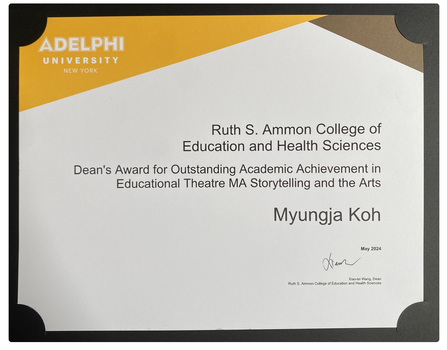

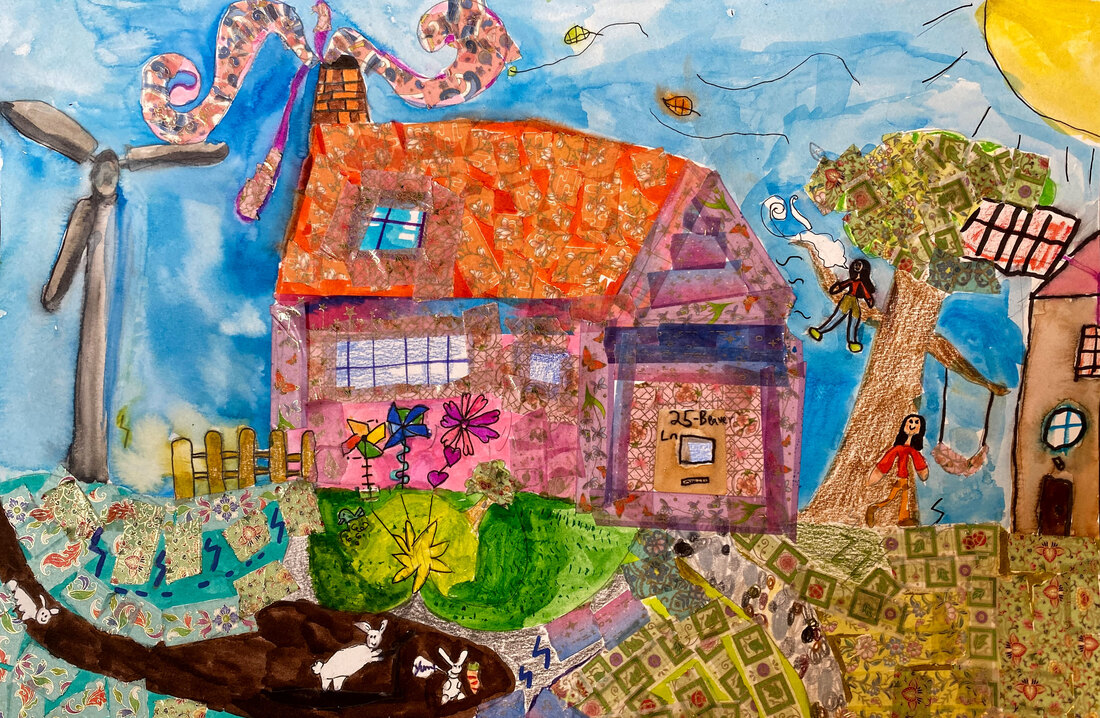
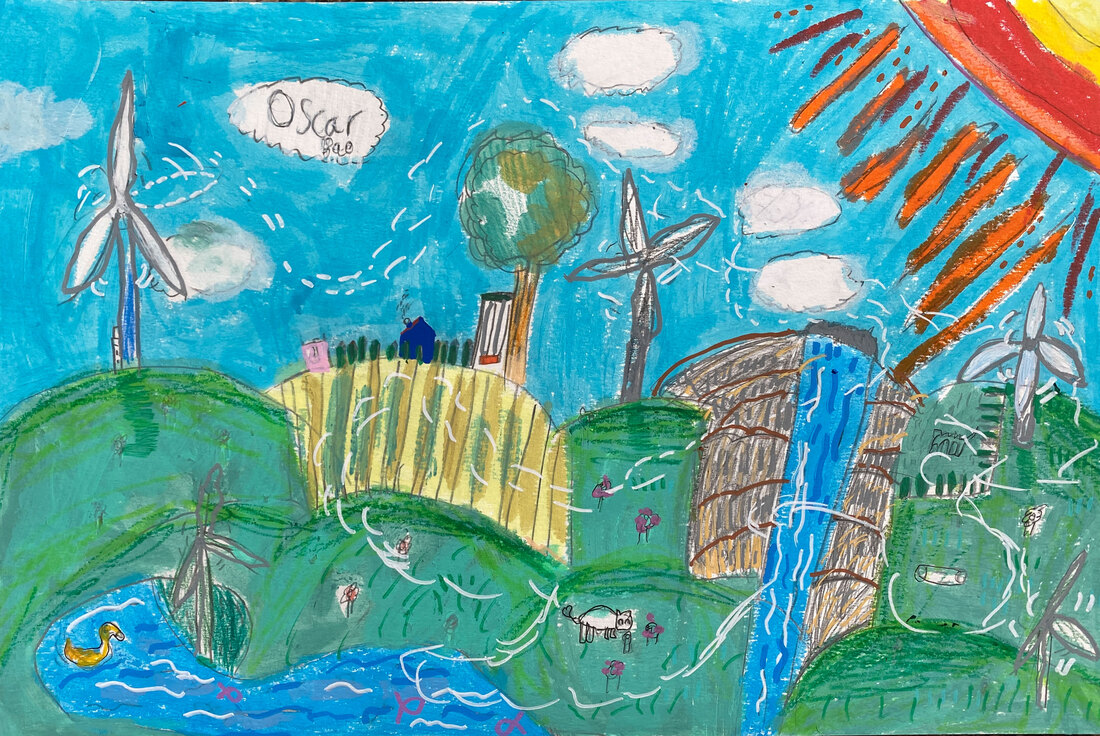
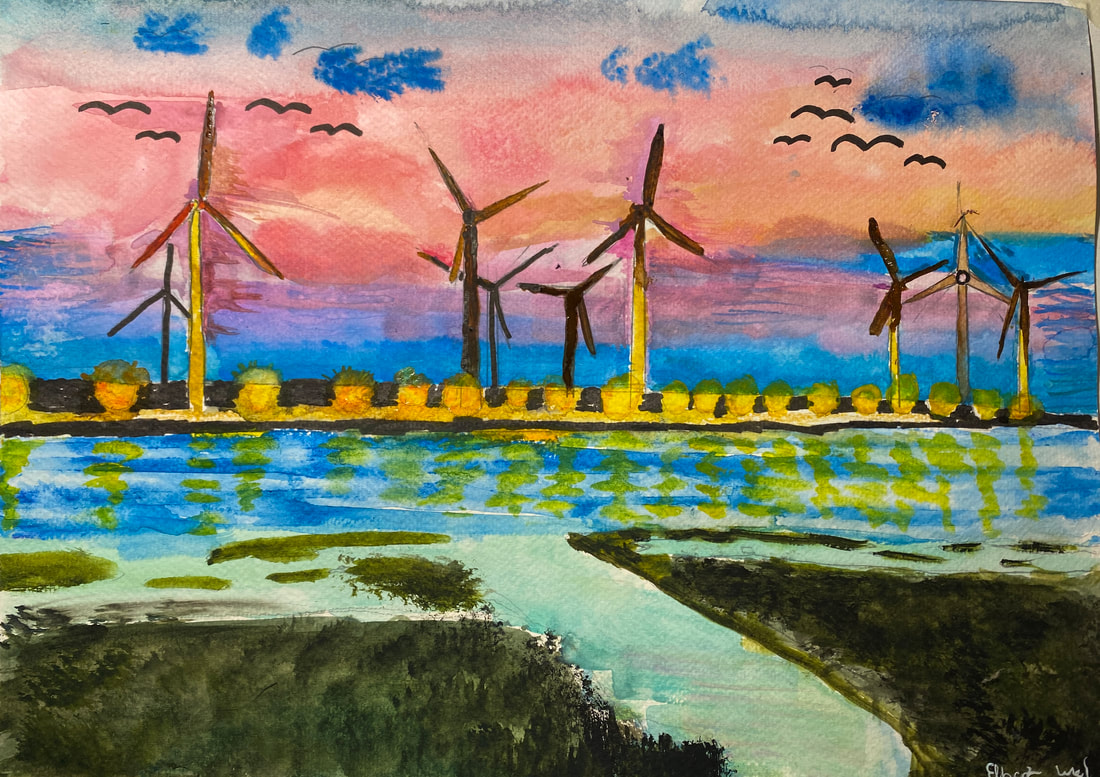
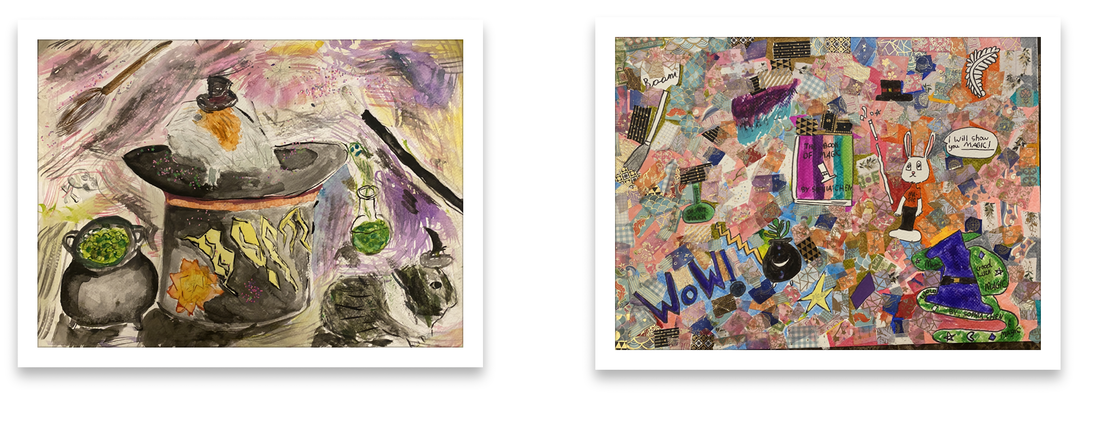
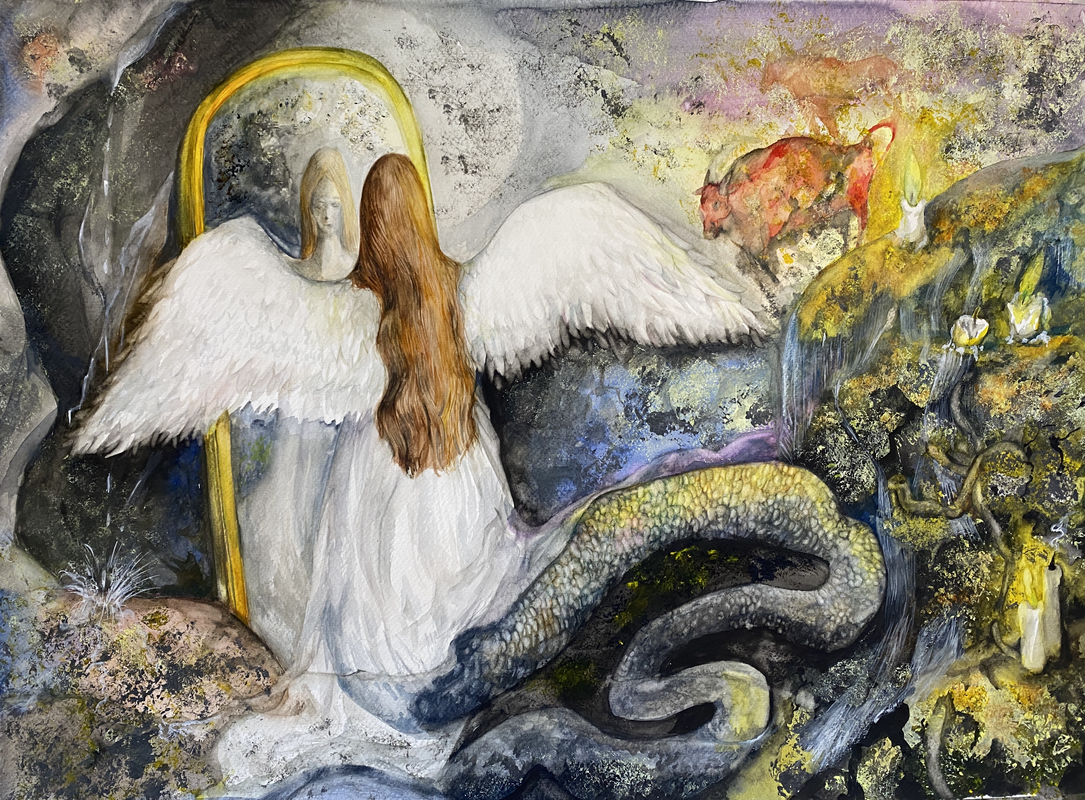
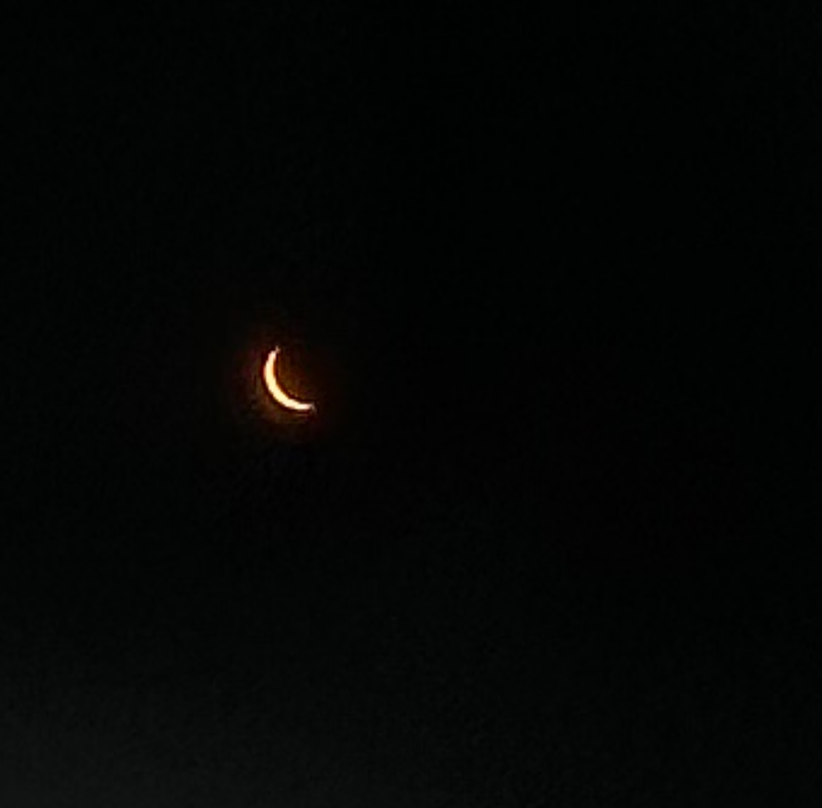
 RSS Feed
RSS Feed